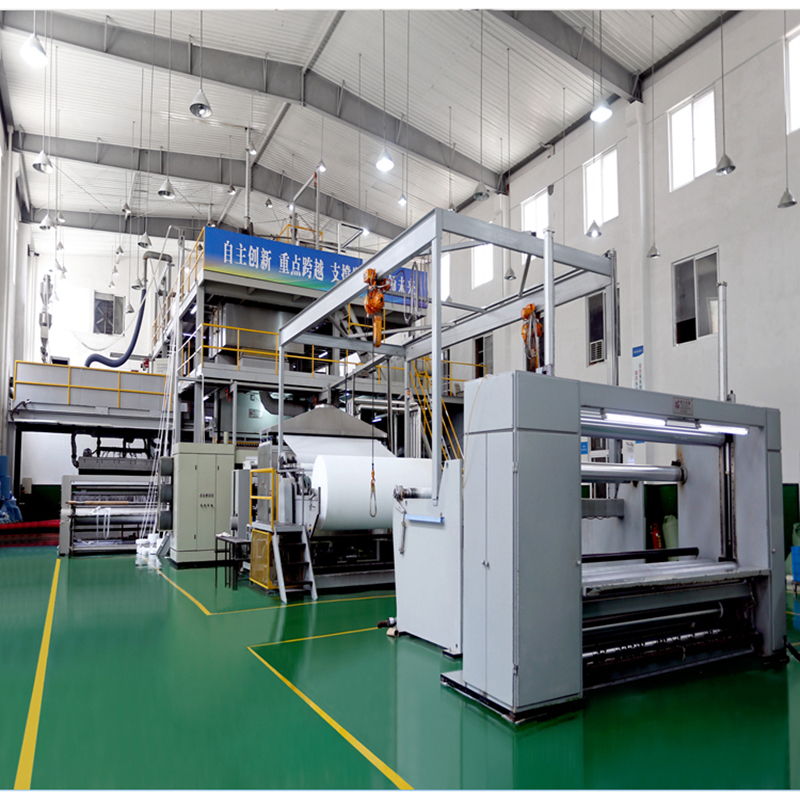Cloth making machines are designed to handle various fiber types and compositions during fabric production, ensuring flexibility and adaptability in processing different materials.
Here’s how they manage diverse fibers:
- Preparation Stage:
- Fiber Selection: Cloth making machines are capable of handling different types of fibers—natural (cotton, wool, silk) or synthetic (polyester, nylon, rayon), as well as blends or specialty fibers.
- Fiber Preparation: They might have mechanisms to prepare fibers, including cleaning, carding, blending, and aligning fibers to create a uniform fiber web.
- Adaptability in Processing:
- Adjustable Settings: These machines have adjustable settings to accommodate different fiber lengths, thicknesses, and compositions. This allows for customization based on the specific characteristics of the fibers being processed.
- Multiple Processes: Cloth making machines often involve multiple stages such as carding, drawing, roving, spinning, weaving, or knitting, each optimized to handle specific fiber types and compositions.
- Controlled Processes:
- Tension and Speed Control: They offer control over tension, speed, and other processing parameters to suit different fiber characteristics. This control ensures proper handling of delicate or robust fibers without compromising fabric quality.
- Temperature and Moisture Control: Some machines may have temperature and moisture control features, essential for certain fibers that react differently to heat or humidity during processing.
- Compatibility with Blends and Special Fibers:
- Blending Capabilities: Cloth making machines can handle fiber blends, combining different materials to create fabrics with combined properties.
- Specialty Fiber Handling: They can process specialty fibers like bamboo, hemp, or carbon fiber, ensuring proper treatment and integration into the fabric.
- Quality Control Measures:
- Monitoring and Adjustment: Machines incorporate monitoring systems that allow operators to monitor fabric quality during production, making necessary adjustments to ensure consistent quality regardless of the fiber type.
- Maintenance and Cleanliness:
- Cleaning and Maintenance: Regular maintenance and cleaning procedures are essential to prevent cross-contamination between different fiber types and ensure the machine’s optimal performance.
Cloth making machines are engineered to be versatile and adaptable, capable of handling a wide range of fibers and compositions. Their flexibility in processing different fiber types enables textile manufacturers to produce various fabrics tailored to meet specific industry and consumer demands.
What quality control measures are integrated into cloth making machine operations?
Quality control measures integrated into cloth making machine operations are crucial to ensuring consistent fabric quality.
Several measures are typically incorporated into these machines:
- Automated Monitoring Systems: Modern cloth making machines often feature automated sensors and monitoring systems. These systems continuously assess various parameters like tension, speed, temperature, moisture content, and fabric density throughout the production process.
- Real-Time Data Analysis: These machines can analyze real-time data collected from sensors to detect anomalies or deviations from set quality standards. cloth making machine This data analysis allows for immediate adjustments to maintain consistent quality.
- Automatic Adjustment Mechanisms: Some cloth making machines have automated systems capable of making real-time adjustments to parameters based on sensor readings. For instance, adjusting tension or speed to correct any detected deviations.
- Quality Inspection Stations: Integrated inspection stations or sensors at critical points along the production line help identify defects, irregularities, or inconsistencies in the fabric. This allows for immediate corrective actions or adjustments.
- Fabric Testing Equipment: Some machines incorporate testing modules to perform quality tests on fabric samples, including tensile strength tests, elongation tests, abrasion resistance tests, or colorfastness tests, ensuring fabrics meet specified standards.
- Software Controls and Programming: Advanced software controls enable precise programming and setting of machine parameters, ensuring uniformity and consistency in fabric production.
- Operator Training and Protocols: Machines are operated by trained personnel who follow standardized protocols and quality control procedures. Operators are responsible for monitoring the production process and intervening when necessary to maintain quality.
- Maintenance Protocols: Regular maintenance schedules are crucial to machine performance. Properly maintained machines are less likely to produce defects or inconsistencies in fabrics.
- Traceability and Record-Keeping: Some systems integrate traceability features to track the production history of fabrics, maintaining records of parameters, adjustments, and quality control checks for each batch.
These integrated quality control measures aim to ensure that cloth making machines consistently produce fabrics that meet predefined quality standards and specifications. Continuous advancements in technology further enhance these measures, allowing for more precise control and improved quality assurance in fabric production.

